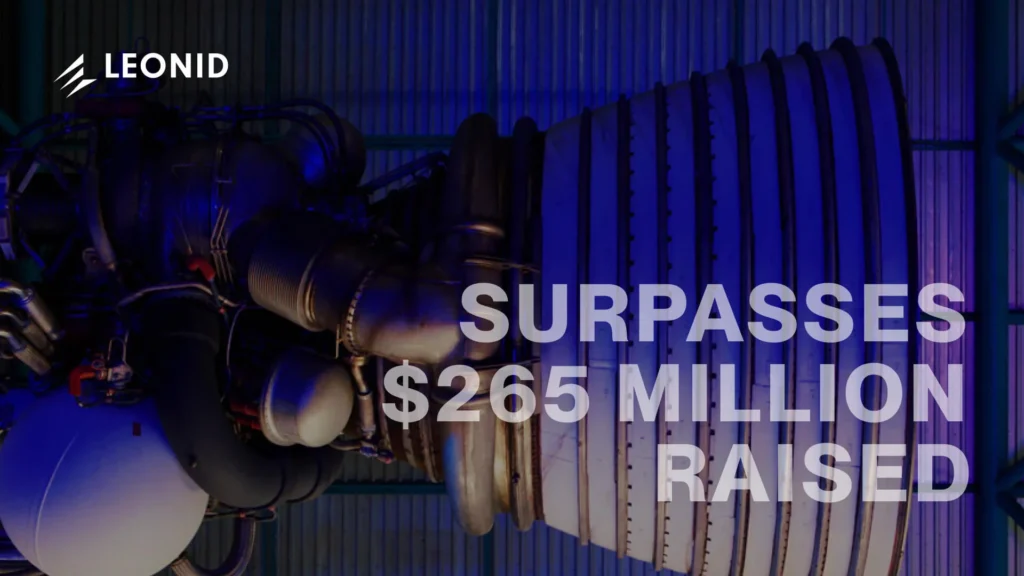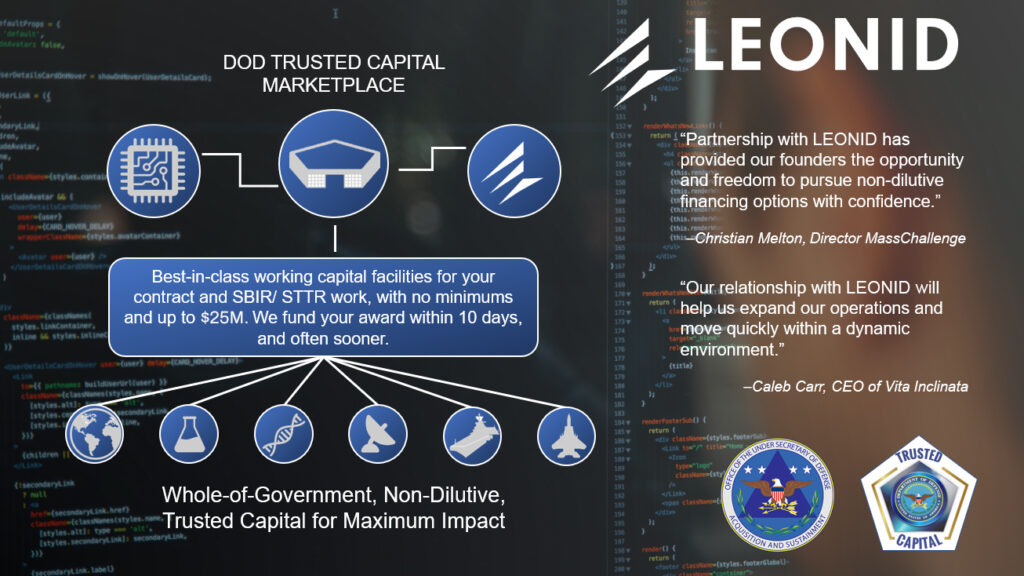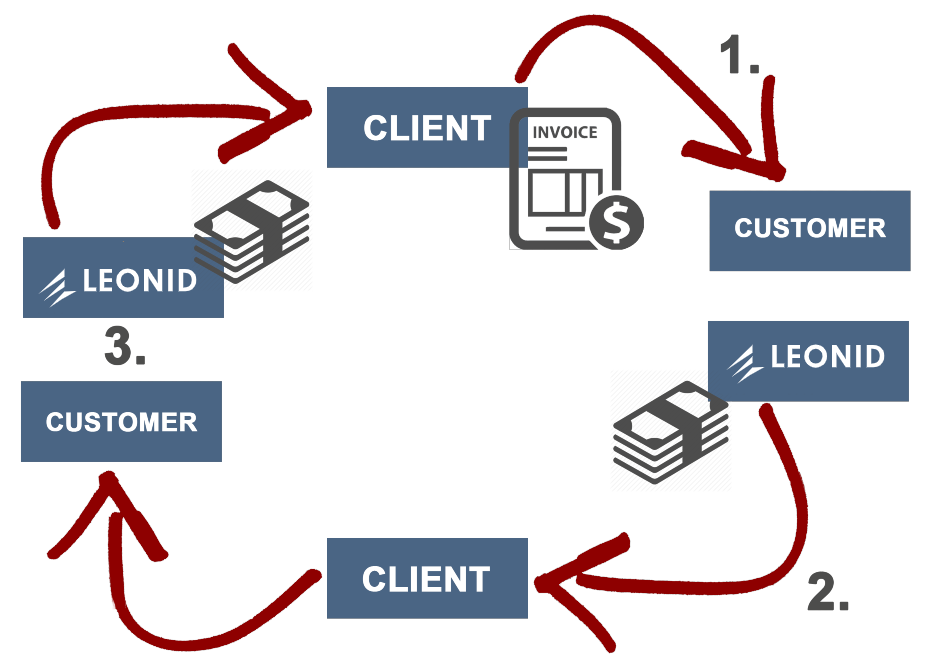By James Parker, Co-Founding Partner of Leonid Capital Partners
In the intricate dance between national security, finance, and capital markets, clarity and transparency hold the key to success. Yet, a concerning trend has emerged, threatening to disrupt this delicate balance: the government’s use of the ambiguous label “Selectable, Not Funded” for promising proposals.
What does it mean, though? On its face, it lets any other government agency know that the proposal is available for funding without the worry of stepping on anyone’s toes.
“At the completion of technical evaluation, proposed efforts are considered based on their importance to Air Force and DoD Programs. This provides a ranking to which available funding is then applied until exhausted. Those proposals above the funding cut line are “Selectable – Funded”; those below it are “Selectable – Not Funded. While those determined “Selectable – Not Funded” are not typically funded with AF SBIR money committed to the specific topic, they are available for “adoption” by other AF organizations or DoD components for award with their funding by their supporting contracting office” (https://www.afsbirsttr.af.mil/FAQs/).
On top of that, from personal conversations it is clear that the selecting agencies were hoping it would serve as a “indication of interest” of sorts that might help contractors raise private capital to support technological objectives that are deemed important but didn’t find a budgetary home.
In other words…
https://youtu.be/VzPsdkTCufs
On the surface, it might seem like a pat on the back – acknowledging a proposal’s merit while recognizing budgetary constraints. However (SHAMELESS PLUG), as a specialty lender focused on supporting businesses working on government contracts, I see a different reality – one that discourages private investment and ultimately hinders critical National Security initiatives.
In short, “Selectable, not Funded” label rings alarm bells on a number of levels
1. Signaling Disinterest Through Semantic Obfuscation:
“Selectable, not Funded” essentially translates to “we like your idea, but not enough to actually PAY for it.” This ambiguity undermines confidence in the project’s importance and raises doubts about its long-term viability. For the businesses I work with, this translates to difficulty securing financing, as investors become hesitant to back projects that appear to lack full government commitment.
2. A Million-Dollar Message in an $850 Billion Budget:
The optics surrounding “Selectable, Not Funded” proposals become even more concerning when compared to the vastness of the defense budget. Millions, even tens of millions, often pale in comparison to the overall spending picture. Fully understanding the budgeting and spending model is an enigma in a puzzle wrapped in a burrito of bureaucratic doublespeak, the general consensus among the private capital set is simply – if a project is truly deemed crucial, can a seemingly insignificant sum truly be the dealbreaker?
The perceived lack of commitment, even for relatively small amounts, sends a powerful message of customer disinterest to potential investors.
3. Eroding the National Security Private Capital Ecosystem:
Private Capital involvement is an increasingly critical strategy for bolstering National Security capabilities. However, the “Selectable, Not Funded” practice throws a wrench into these plans. Investors become wary of committing to projects where government support appears tepid, fickle and/or subject to change without warning.
Additionally, the various “matching funds” programs (TACFI, STRATFI, and their NASA counterparts) specifically disqualify debt as “eligible investment” – reportedly because lenders “are primarily concerned about getting their loans repaid.”
Now, I could go on for days about how arbitrary a statement this is, but the big takeaway here is that the government has effectively handicapped the debt market (a market that is conservatively twice as large as the equity market) in participating in supporting National Security objectives, in a world where banks already won’t touch government contractors because their cash flow can be cut off at any time by the world’s most powerful customer. (This is a rant worthy of a longer post another day.)
Ultimately, these vagaries weaken the entire NatSec private capital ecosystem, hindering progress on vital initiatives and stifling the ability of smaller, innovative companies to contribute to National Security.
The Path Forward: Transparency and Collaboration
Moving forward, it’s imperative to abandon the misleading “Selectable, Not Funded” label. Instead, the government should focus on:
Clear communication: If a proposal isn’t being funded due to budgetary constraints, acknowledge it directly and transparently. Articulate the specific challenges and explore alternative funding mechanisms, such as Private Capital Partnership models or phased implementation.
Prioritization and resource allocation: Conduct a rigorous review of project priorities and allocate resources accordingly. If a project truly merits support, find the necessary funding, even if it requires adjustments elsewhere in the budget.
Open dialogue with investors and lenders: Foster an environment of open communication with the private sector. Clearly communicate project priorities, funding challenges, and potential solutions. Actively engage investors and lenders in seeking creative financing mechanisms.
By prioritizing transparency, collaboration, and a genuine commitment to supporting high-priority initiatives, we can ensure that National Security investments receive the backing they deserve, both from the government and from the private sector. This, in turn, will enable us to build a more secure and prosperous future for all.
Follow the Quartermaster newsletter here.















































